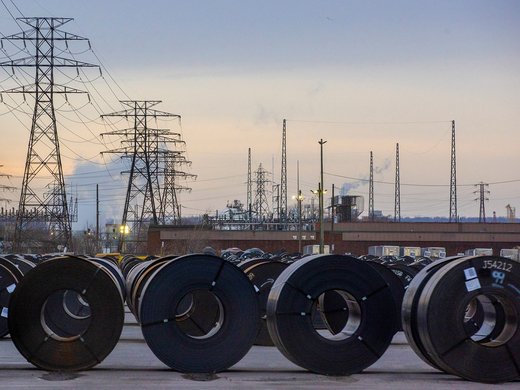Supply chain regulation can be a formidable tool to protect a country’s resilience against unexpected disruptions of trade, investment and the supply of skilled labour. Its utility, however, may erode when geopolitics rather than economics becomes the primary objective. This paper examines the implementation problems and the unintended consequences of a new supply chain doctrine in the service of geopolitics, with a focus on US President Joe Biden’s Executive Order on America’s Supply Chains to protect US technological leadership and national security against China. With semiconductors as a primary target, America’s supply chain controls are designed to exploit China’s most glaring weaknesses as supply chain chokepoints that the US Commerce Department can block, thus impeding timely and cost-effective access to essential products, services and technologies. The paper also highlights a second defining characteristic of America’s supply chain doctrine — regulatory supply chain controls are combined with a big push in domestic semiconductor manufacturing. Three propositions are presented as guideposts for further research. The paper concludes with a brief discussion of the implications for future US supply chain control against China: Will the quest for improved supply chain resilience succeed in mobilizing enough forces to shift the focus of US policy away from supply chain regulation in the service of geopolitics?


